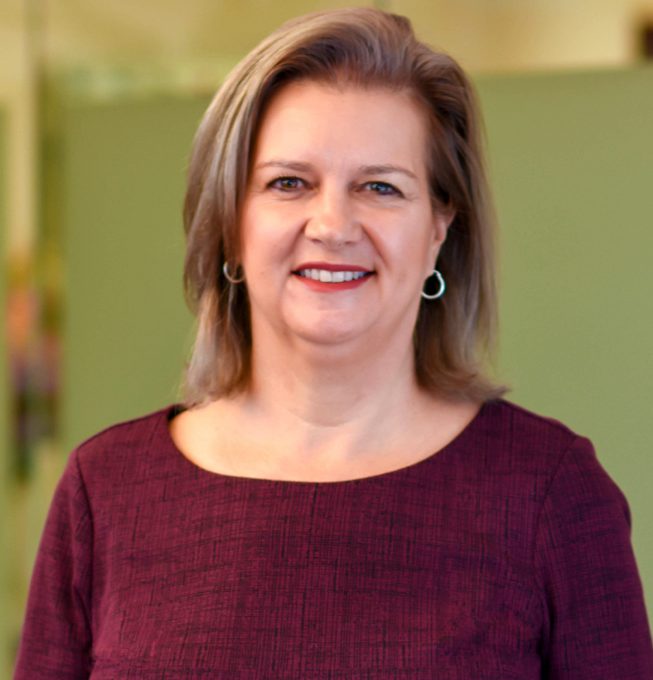January 10, 2022
5 New Year’s Resolutions to Keep You Financially Fit in 2022

We’ve all said it…“I’ll start on January 1.” Whether it’s hitting the gym or eating more vegetables, every year millions of Americans make resolutions to better themselves. Besides building strength with a yoga practice, the new year is a great opportunity to bulk up your financial muscle.
As a wealth advisor for over 20 years, I have spoken to thousands of people about their fiscal goals. Through these conversations, I have identified five key considerations that I recommend you examine every January to best position yourself going into the new year.
1. Review your objectives set in 2021 and define your goals in 2022.
Before you set any financial goals for the new year, it’s important to look at the big picture. Whether it’s traveling, spending time with family or funding your child’s education, ask yourself: Were you able to do what you love? What are your aspirations in the upcoming year? For instance, if you’re planning a dream vacation next fall, start depositing money into a savings account now so there won’t be any surprises later.
2. Do the math.
Next, it’s important to determine your net worth – both what you own and what you owe. Your assets include your home value, savings account balances, checking accounts, 401(k) and outside savings. On the other side of the coin, it’s equally crucial to assess your liabilities so you have a clear picture of where you’re starting. This includes your mortgage and other consumer debts. Tracking these numbers every January gives you a good picture of your progress.
3. Rebalance your portfolio.
2021 was a crazy year in many ways, the stock market included. To make sure you are still on target for your goals, take a deep dive into your portfolio. Stocks overall appreciated significantly in 2021, so now is likely a good time to rebalance your portfolio to get back on track. For example, if your target asset allocation is 60% stocks and 40% bonds and you have not rebalanced recently, your allocation may have drifted to a more aggressive allocation of 70% stocks and 30% bonds.
4. Show me the (free) money.
Did you know the 401(k) annual limit set by the IRS has been raised in 2022 to $20,500 per individual? Those 50 or older can invest an additional catch-up contribution of $6,500. That’s a total of $27,000 for each half of a couple. Even if you don’t put in the maximum amount every year, it is crucial that you invest enough to take advantage of your employer’s full company match. Not doing so is like giving away free money!
5. Examine other savings vehicles.
Contributing toward your 401(k) is not the only tool you should be using to plan for your retirement. Consider placing money in a Roth IRA. While you won’t get a tax deduction when you invest in a Roth IRA, you will never pay taxes on that money ever again. This solution is a nice compliment to a pretax 401(k).
To become financially fit, it is not only important to gain strength and flex those financial muscles, but also to gain financial flexibility. Financial flexibility helps you navigate and weather the unanticipated life events that inevitably occur. This flexibility can be gained by reviewing your spending and savings habits and understanding where your money is going. Establishing and maintaining a healthy emergency fund is also critical to remain flexible. A good rule of thumb is to build an emergency fund equal to at least six months of expenses.
If getting financially fit feels daunting or you want guidance, kick off the year by hiring a financial fitness coach, also known as a financial advisor. If you don’t currently have a relationship with an advisor, please schedule an appointment with Buckingham. At Buckingham, we have a passion for serving clients and our local communities. We would love to help you accomplish your goals.
The opinions expressed by featured authors are their own and may not accurately reflect those of Buckingham Strategic Wealth®. This article is for informational and educational purposes only and should not be construed specific investment, accounting, legal, or tax advice. Certain information may be based upon third-party information which is deemed to be reliable, but its accuracy and completeness cannot be guaranteed. Third-party information may become outdated or otherwise superseded at anytime without notice. Individuals should speak with their qualified wealth advisor based on their own circumstances. Neither the Securities and Exchange Commission (SEC) nor any other federal or state agency have approved, determined the adequacy or accuracy of this article.
By clicking on any of the links above, you acknowledge that they are solely for your convenience, and do not necessarily imply any affiliations, sponsorships, endorsements or representations whatsoever by us regarding third-party websites. We are not responsible for the content, availability or privacy policies of these sites, and shall not be responsible or liable for any information, opinions, advice, products or services available on or through them. R-22-3119
© 2022 Buckingham Strategic Wealth®
Category
Cashflow & BudgetingContent Topics
About the Author

Susan Strasbaugh
Advisor Transition & Leadership Coach
